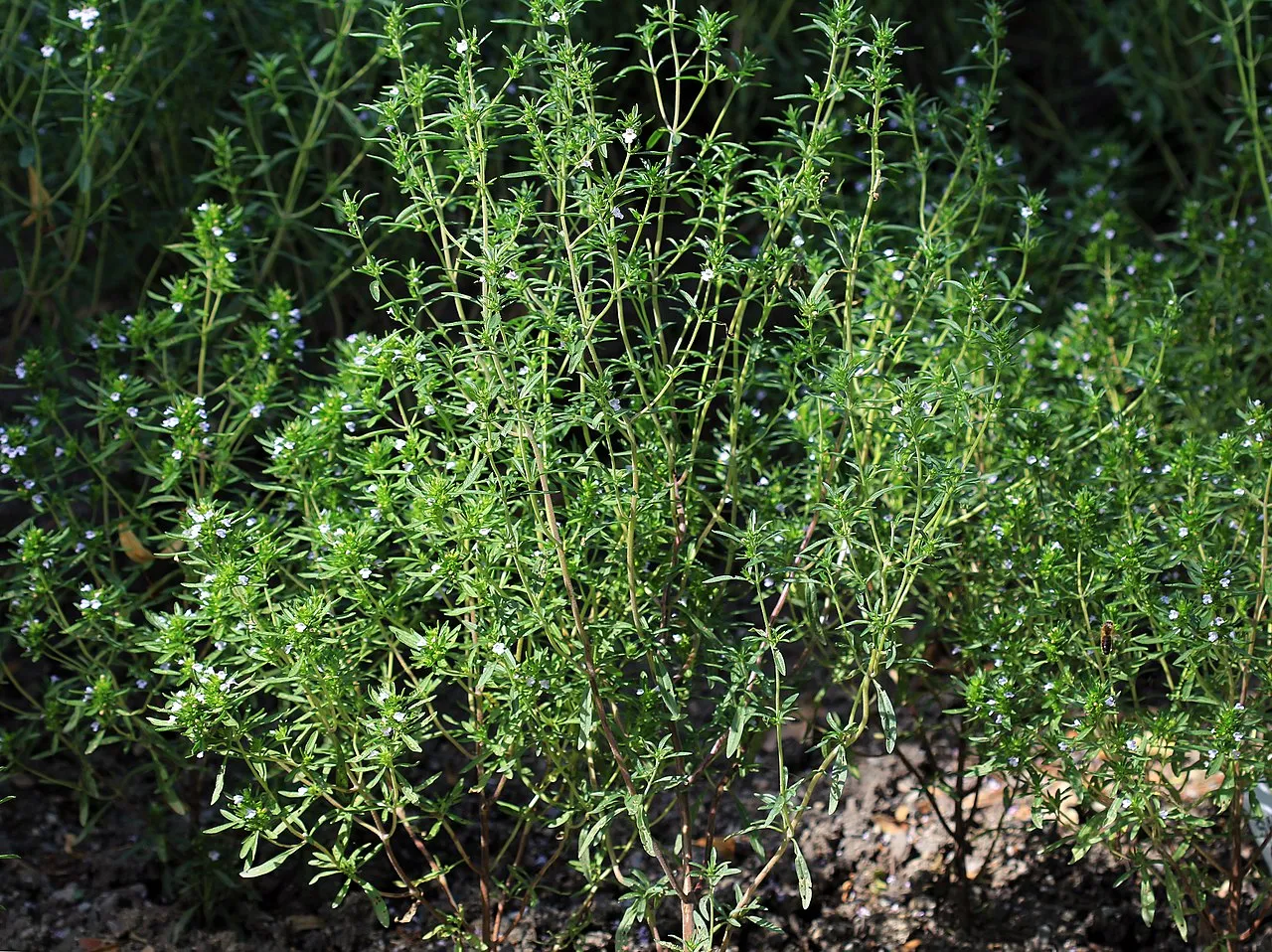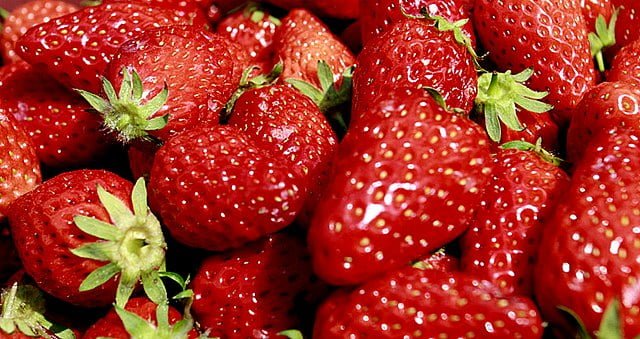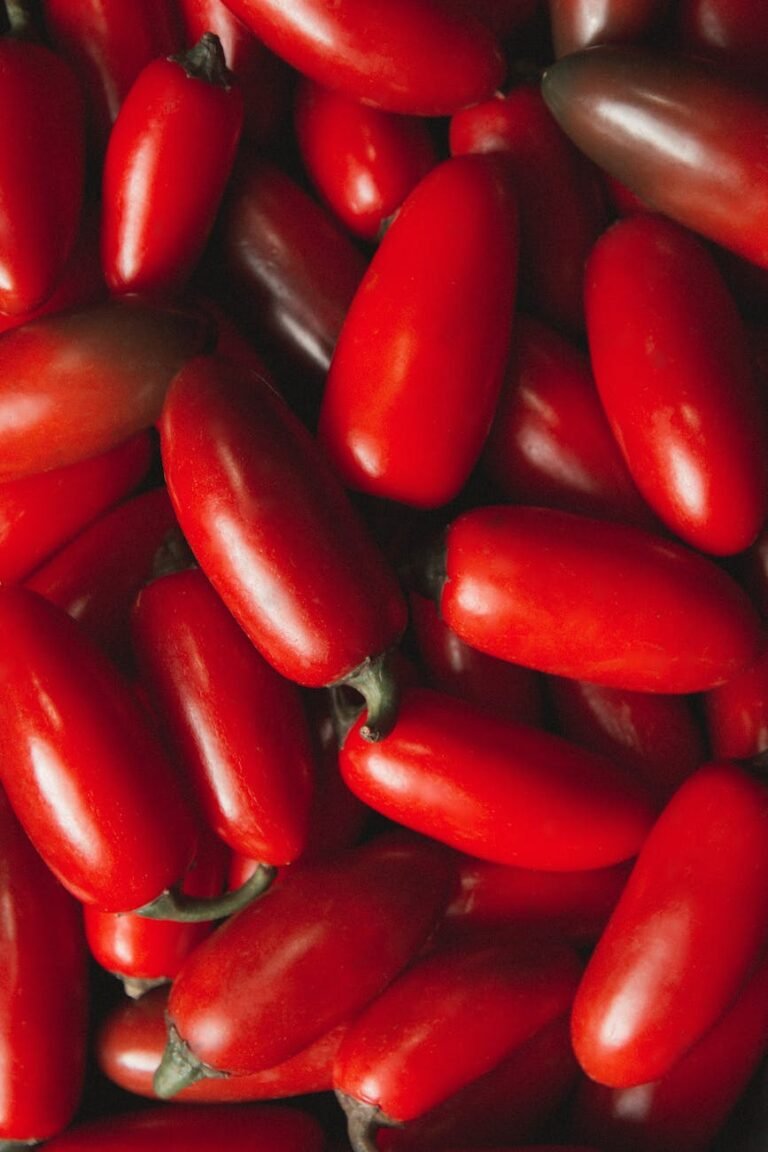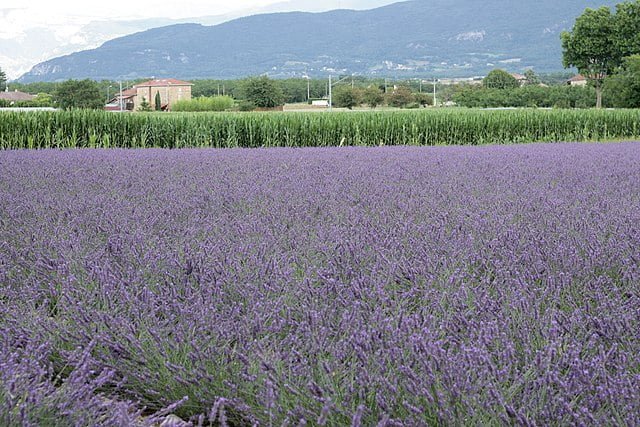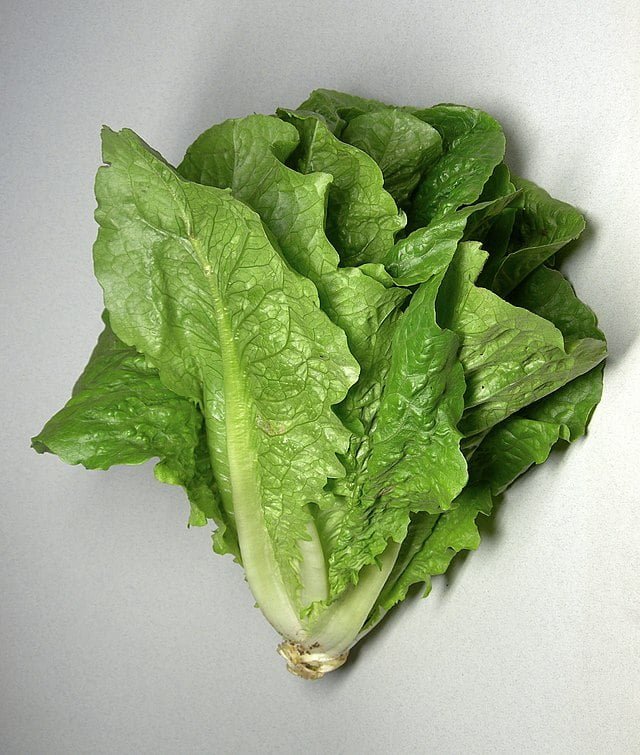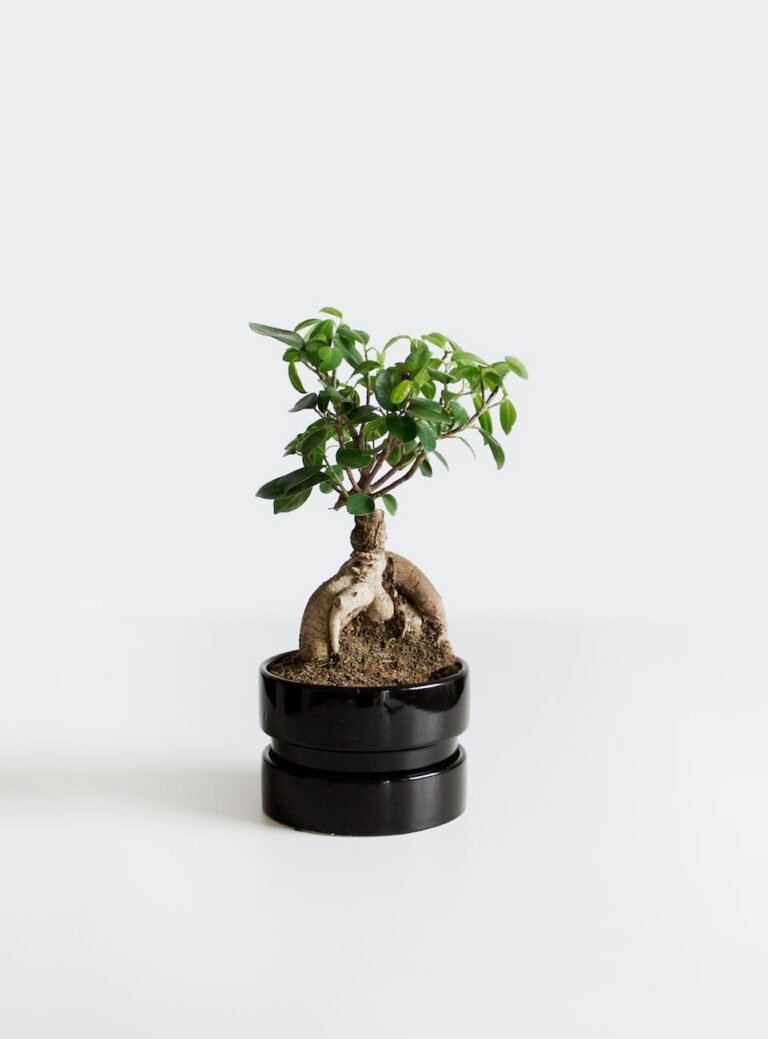Growing Summer Savoury: The Complete Guide for Gardeners
Summer savoury (Satureja hortensis) is a delightful annual herb that brings a peppery zest to any culinary garden. Prized for its versatility in the kitchen, summer savoury adds depth to a wide range of dishes, from meats and vegetables to beans and sauces. Its slender, green leaves and delicate white or lavender flowers not only make it a valuable culinary herb but also an attractive addition to the garden. This comprehensive guide will provide you with all the information needed to grow, care for, and harvest summer savoury successfully.
{“headings”:[{“key”:”fab976a5-057d-4227-8478-f0c6219fd16b”,”content”:”What is Summer Savoury?”,”level”:2,”link”:”#what-is-summer-savoury”,”disable”:false,”isUpdated”:false,”isGeneratedLink”:true},{“key”:”5e8bf9a6-bd1c-49b8-92aa-e05f3bdd23f4″,”content”:”How to Grow Summer Savoury”,”level”:2,”link”:”#how-to-grow-summer-savoury”,”disable”:false,”isUpdated”:false,”isGeneratedLink”:true},{“key”:”2704dcd2-90a0-4417-8a41-953315735d23″,”content”:”Planting Summer Savoury”,”level”:3,”link”:”#planting-summer-savoury”,”disable”:false,”isUpdated”:false,”isGeneratedLink”:true},{“key”:”c8916584-0369-4e29-862a-2386773e017b”,”content”:”Care and Maintenance”,”level”:3,”link”:”#care-and-maintenance”,”disable”:false,”isUpdated”:false,”isGeneratedLink”:true},{“key”:”7dad8834-c439-429d-8b40-d6e1af35bbe5″,”content”:”Harvesting Summer Savoury”,”level”:3,”link”:”#harvesting-summer-savoury”,”disable”:false,”isUpdated”:false,”isGeneratedLink”:true},{“key”:”2cd9580a-6b2f-4cc4-ad40-8139d0585ca8″,”content”:”Culinary Uses”,”level”:2,”link”:”#culinary-uses”,”disable”:false,”isUpdated”:false,”isGeneratedLink”:true},{“key”:”a64ee146-1d68-43d5-b6c8-d59bd8d4ef61″,”content”:”Final Thoughts”,”level”:2,”link”:”#final-thoughts”,”disable”:false,”isUpdated”:false,”isGeneratedLink”:true}],”listStyle”:”ul”} –>What is Summer Savoury?
Summer savoury is an annual herb native to the Mediterranean region, growing up to 18 inches tall. It is favoured in many culinary traditions for its spicy, herbaceous flavour, which is somewhat similar to thyme but with a unique peppery twist. The plant is also known for its antiseptic and digestive properties, making it a useful herb in both the kitchen and the medicine cabinet.
How to Grow Summer Savoury
Planting Summer Savoury
- Timing and Location: Plant summer savoury in the spring, after the danger of frost has passed. It thrives in full sun and well-drained soil, making it suitable for both garden beds and containers.
- Soil Preparation: Summer savoury prefers light, sandy soil with a neutral pH. Enrich the planting site with compost or well-rotted manure to ensure healthy growth.
- Sowing Seeds: Sow seeds directly into the ground, lightly covering them with soil. Space seeds or thin seedlings to about 6-8 inches apart to allow ample room for growth.
Care and Maintenance
- Watering: Water summer savoury plants regularly, allowing the soil to dry out slightly between waterings. Avoid overwatering, as this herb does not like soggy roots.
- Feeding: Apply a balanced, organic fertilizer sparingly at the beginning of the growing season to encourage strong growth. Summer savoury generally requires minimal additional feeding.
- Pruning: Pinch off the tips of the plants to encourage bushier growth and prevent legginess. Regular harvesting of the leaves also helps to maintain plant shape and productivity.
Harvesting Summer Savoury
- When to Harvest: Begin harvesting summer savoury leaves as soon as the plant is large enough to provide a sufficient yield. The best flavour is obtained just before the plant flowers.
- How to Harvest: Cut the stems with scissors or garden shears, leaving at least a third of the plant intact to continue growing. You can harvest individual leaves or entire stems, depending on your needs.
- Preservation: Summer savoury can be used fresh, or it can be dried or frozen for later use. To dry, hang bunches of stems in a warm, airy place away from direct sunlight. Once dried, strip the leaves from the stems and store in an airtight container.
Culinary Uses
Summer savoury’s peppery flavour makes it an excellent addition to a wide variety of dishes. It pairs especially well with beans, lending its name to the classic “bean herb” in many cuisines. It’s also fantastic in stuffing, sausages, and marinades, or chopped fresh in salads and soups.
Final Thoughts
Growing summer savoury is a simple and rewarding endeavour that adds a flavourful twist to your culinary creations. Its easy care, compact growth habit, and versatile uses in cooking make it an ideal herb for both novice gardeners and seasoned chefs. By following the guidelines in this guide, you’ll be well on your way to enjoying the robust flavour of summer savoury from your own garden.

